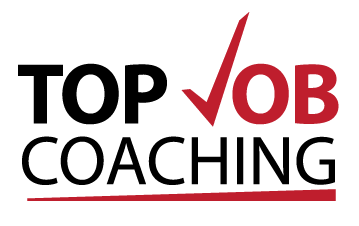With so much information freely available and easily accessible, it’s a crime if you don’t research the company you’re going to see. You may be great at talking about yourself without much preparation, but it’s harder to wing it when it comes to specific company information.
Interviewers will expect you to know about the company, and will be seriously impressed when you can speak as if you already hold the role. The more senior you are, the greater their expectation. Interviewers are looking for the value you can add, and someone who has not taken the time to research the company is not showing proactivity or initiative – key employability skills.
1. Internet Search
Start with Google and Wikipedia. While some information may be open to interpretation, you can at least begin your research journey here, and see what you can find that can be validated later.
2. Company website
Most companies, even small businesses, have a website.
If you’re going to see an ASX-listed company, then there will be annual reports available on their website – usually under the tab ‘About Us’ or ‘Information for Shareholders’ or ‘Investors’. Annual reports are gold. So are media releases. Companies write about information they are proud of, or that they know (or hope) will be newsworthy. Usually this includes expansion plans, changes to leadership teams, positive financial results, new joint ventures, new product launches, research grants and the like.
If you are able to read and understand the financial statements, you’ll see where money is invested and spent, and where the revenue comes from. This provides insight into the daily operations of the business, and where the focus lies. It will also provide contact names and their positions, so you can continue your search on LinkedIn.
3. LinkedIn
I’d thoroughly recommend using LinkedIn to look at the organisation’s company page, and drill deeper to see who works for the company. You can surf LinkedIn to find current and past employees, what specifically they do (by reading their profiles), who they are connected to, what they’re proudest of etc. This all helps to build a picture of the company.
For those who want to take their research to a personal level, LinkedIn provides the opportunity to ‘Get Introduced’ to a person who is not within your network. Alternatively, you can join similar groups, and connect with people in that way. Perhaps you can invite a current staff member for a coffee, let them know you’re researching the company as a potential employee and see what they say. I wouldn’t take this step until you have content to talk with this person about.
If you’re not seeing a listed company, then again use LinkedIn to see if the company has a company page, or to see if you can find anyone who currently works there.
4. Facebook for Business
Although LinkedIn is regarded as the professional social media network, many businesses also have Facebook pages. Often, these are used to communicate with customer groups, and will have the latest company interactions visible for you to see.
5. Industry Associations
Industry Associations can be great sources of information: latest news, membership contacts, monthly journals and trends. Follow the same path again here by searching for stories about your company of interest. If you don’t find anything, a quick phone call to the membership coordinator may yield some ‘insider knowledge’ that will help you with next steps. There may again be someone at the association who’s willing to speak with you, to help your research journey.
Industry information will help you understand the environment in which the company is operating, so again will provide you with valuable insights to work into your interview responses and questions.
So you see – there’s really no excuse. The more you find out, the easier it is to put yourself in the company context and answer like you’ve already been hired!
For more specific help on this, or any other job search-related question, please give Lynda Bundock a call on 0498 652917.


Recent Comments